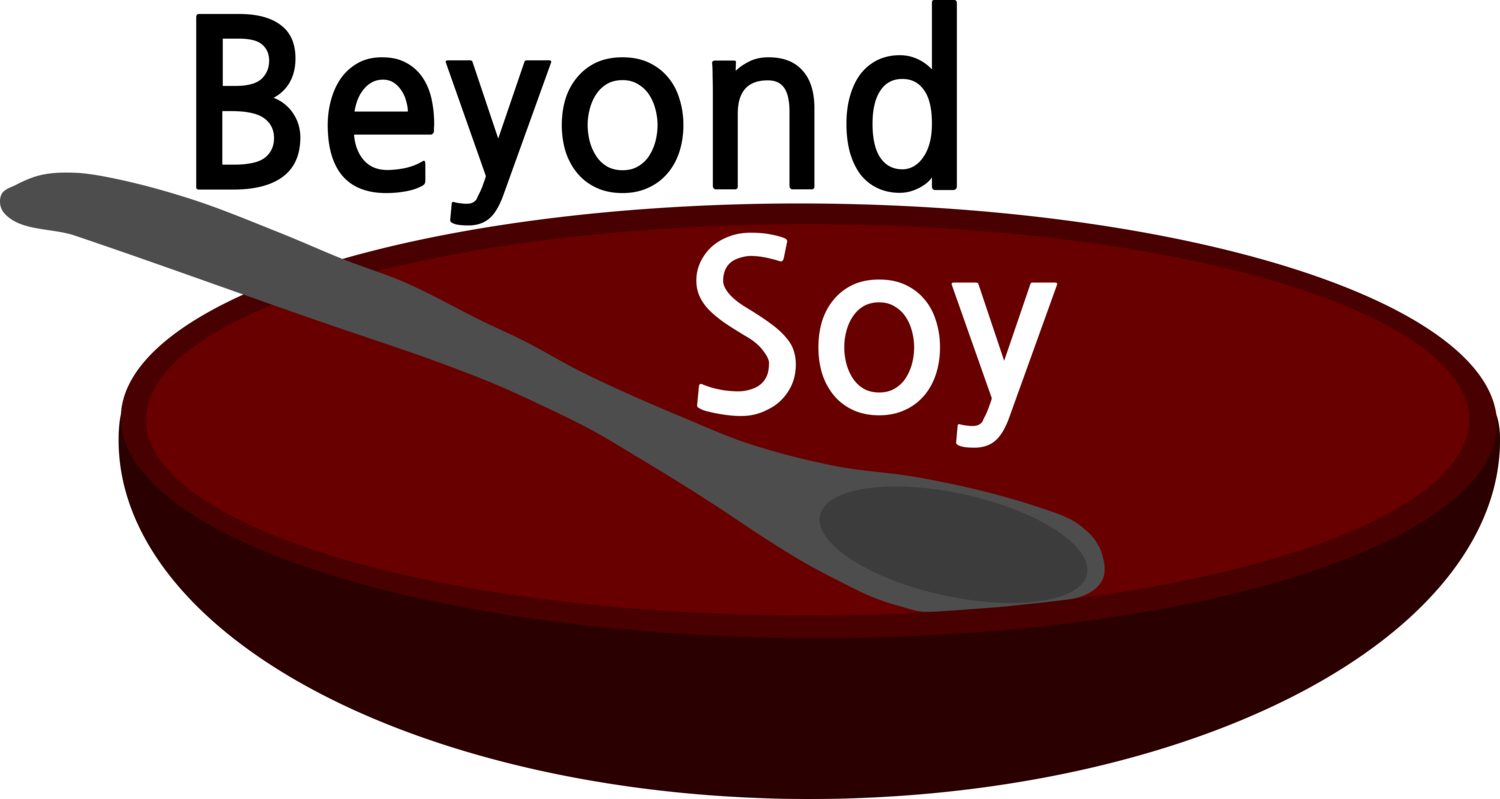Choose Canola Oil
/Hello! Welcome to Beyond Soy!
One of the biggest changes we made to our cooking when we started eating soy-free was to replace soybean oil (often labeled as “vegetable oil”) with canola oil. Soybean oil was responsible for a large portion of the soy in our food and remains one of the main foods we avoid to stay soy-free.
Processed cooking oil isn’t a health food (except for possibly olive oil), but the nutritional community’s generally accepted consensus is that canola oil is marginally better for you than soybean oil. Or, perhaps more appropriately, soybean oil is slightly worse for you than canola oil. Canola oil has its health virtues (it is relatively high in omega-3 fatty acids, for example), but the processed nature of any cooking oil limits its health benefits. As Ashley and I modified our diet to avoid soy, we didn’t eliminate our oil usage. Instead, we changed what type of oil we use and to this day we don’t limit how much we cook with oil (a great example of how eating soy-free isn’t necessarily healthy). In lieu of soybean oil, we now use olive oil for cooking and canola oil for frying and baking.
The prevalence of soybean oil is what makes it difficult to avoid. Vegetable oil (a.k.a. soybean oil) is quite common in the US and is frequently used in baked goods (especially common when using boxed mixes) and fried food. Even foods as innocuous sounding as waffles or tunafish can contain soybean oil. Canola oil is a great substitute for vegetable oil when cooking at home or eating at a friends house as it is just as easy to find, just as easy to use, and just as cheap. Soybean oil doesn’t contain any specific attributes that make it better or necessary for a kitchen, it just happens to be the most prevalent in the US (Europe, however, uses canola oil much more frequently).
Using canola oil instead of soybean oil makes it that much easier to eat and live soy-free.










